Electromagnetic (EM) energy can stimulate crops to grow faster. Currently, extensive research is being conducted on this technique by ParXtra. But how do you determine the reach of the frequencies from the plant growth modulator? Raymond Lescrauwaet assisted Mark van der Ende, the inventor of the ParXtra modulator, with a measuring instrument.
“Such a measuring instrument did not yet exist. When I asked Raymond for help, he developed a number of special antennas and a measuring method that allows us to measure the field strength of the specific frequencies,” Mark shares. This marked an important step in the research on the modulator that is currently being carried out by Wageningen University Research in ornamental horticulture and greenhouse vegetables.
Raymond has been working with Mark, owner of several companies in lighting technology, for some years now. Raymond developed the relevant antennas and/or measuring method. Thus, Lescrauwaet BV regularly conducts EMF measurements in greenhouses and implements AQUA4D systems. These systems improve the molecular structure of water with electromagnetic resonance frequencies. In doing so, Lescrauwaet is committed to creating as clean an electromagnetic (EMF) environment as possible in which the ParXtra modulator can be applied with maximum efficiency.
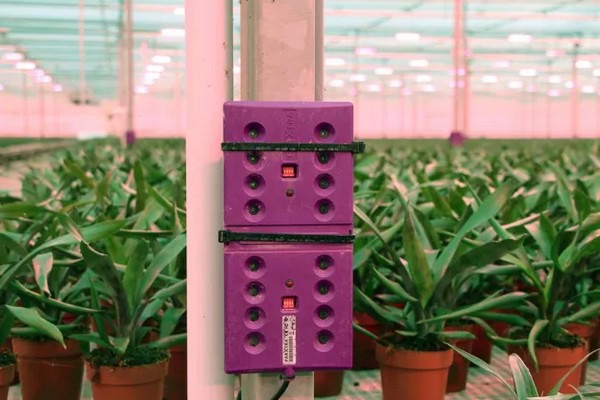
ParXtra modulator at Bunnik Bromelia.
Since their first contact, Raymond and Mark have supported each other in various research and development projects. Raymond assisted in developing a special EMF measuring method for a recent invention by Mark: the ParXtra modulator. This modulator can be installed in greenhouses to then stimulate plant growth through electromagnetic frequencies. According to the inventors, this invention could lead to significant energy savings in the horticultural sector. The modulator amplifies the existing light in the greenhouse with invisible EMF frequencies, making crops grow faster. Mark: “Essentially, you’re accelerating the process of photosynthesis, which means less energy is required.”
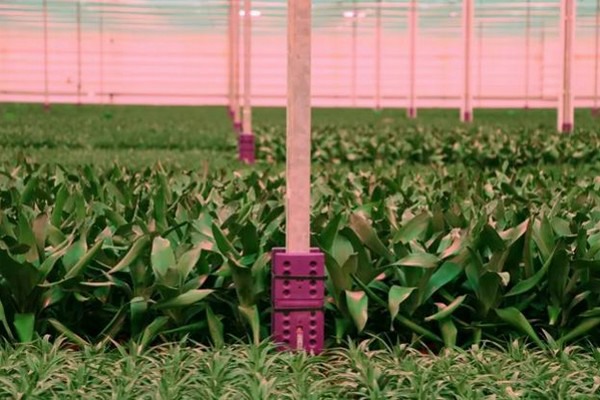
Other innovations
In addition to the modulator, Mark, together with Felix Oudshoorn, developed the UVC-LEDmaster 100. This is mounted on lawnmowers for treating, among other things, top sports fields. UVC radiation can efficiently combat fungal diseases in closely mowed grass on both football pitches and golf courses. The UVC radiation breaks apart pieces of DNA, preventing the fungus from reproducing and thus eliminating it. The UVC-LEDmaster 100 technology is distributed worldwide by multinational Tarkett Sports.
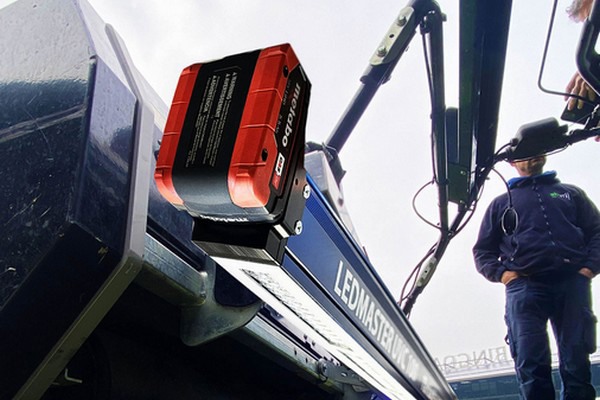
Mark will reciprocate by applying his expertise to an earlier sustainable development by Raymond called Reflecoat, a range of coatings resistant to temperatures up to 700 degrees Celsius that, depending on the conditions, evens out the surface structure of light-reflecting surfaces such as lamp reflectors, reduces light absorption, and thus improves light reflection. This can allow, in some cases, existing Son-T lamps to be used more efficiently for a longer period. Additionally, by choosing the color of the coating in combination with the used lamp, the desired light spectrum can also be achieved. This makes lamps much more efficient within a specific light spectrum, which also saves energy.
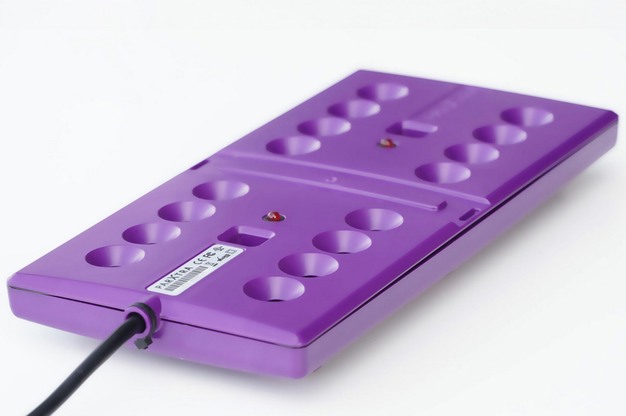
Mark: ‘So far, it has certainly been successful, where we efficiently use each other’s expertise. With this, we aim to create an even more sustainable impact.’
For more information:
Lescrauwaet BV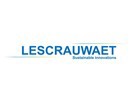
Tel.: 035-8872683
Email: [email protected]
www.lescrauwaet.com